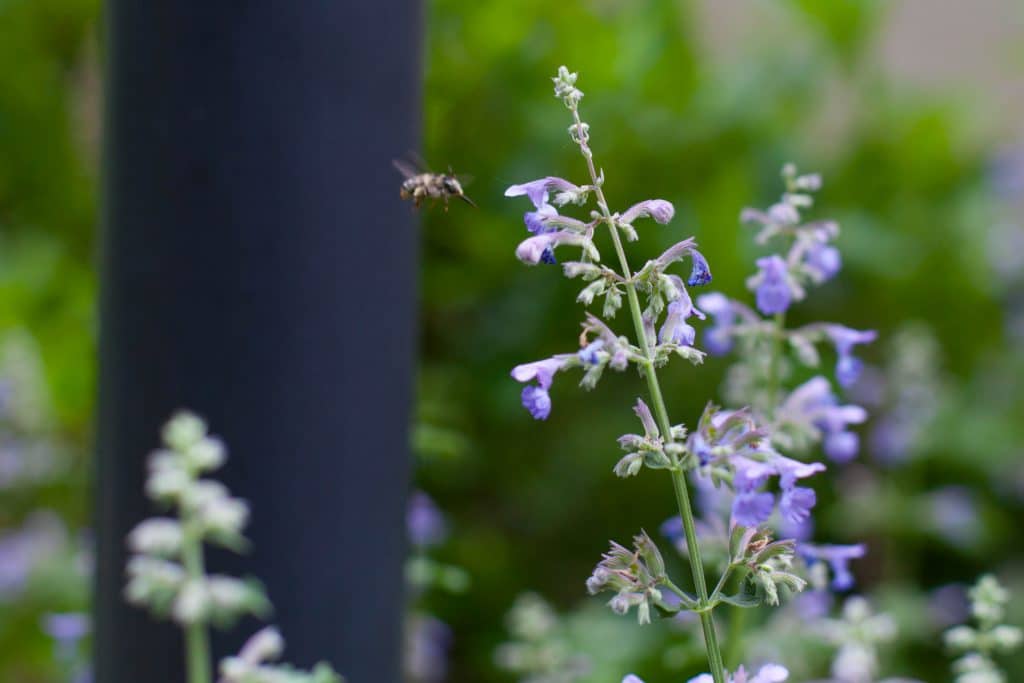June is National Pollinator Month! What’s a pollinator? A pollinator is any animal that helps move pollen from one plant to another, aiding in fertilization and propagation. The most famous pollinator is the bee, but there are plenty of others, including butterflies, moths, beetles, bats, and many birds (especially hummingbirds!) Pollinators are vital to the natural environment, as well as the human environment. Bees alone contribute to production of about $14.6 billion worth of crops in the U.S.!
Unfortunately, pollinators are in danger due to pesticide use and disappearing habitats. But you can help! Pollinator gardens are an easy solution, providing food and shelter to these important players. And since they’re designed to support local animals, native species are ideal, making them beautiful and low-maintenance additions to your landscape. Here are a few general tips on what to think about when planting a pollinator garden.
Colors, Shapes and Smells
Different pollinators have different needs, so the types of plants in a pollinator garden should be varied. Clustered, sweet-smelling blooms are great for bees and butterflies, but hummingbirds and other types of birds prefer bright colors and upright stems.
Supporting the Life Cycle
Providing a food source is only part of the goal of a pollinator garden. Animals that rely on nectar and pollen as a food source require a variety of those things to have a balanced diet, so plant different kinds of flowers. It’s also important to consider the structure of the plants you choose. Proving protection from the weather and the wind will make your garden an ideal home for pollinators. Flower trees and shrubs can attract birds and their nests, while protected ground areas are a great place for burrowing bees.
Thinking Long Term
Having a burst of blooms in the early summer is great, but food is abundant elsewhere at those times. Make your garden a haven for when food might not be as easy to come by. Choosing plants that bloom early or late is a great way to support your pollinators. There are tons of long-blooming shrubs and perennials out there as well, like rose bushes, Andromeda, and Spirea.
We’ll get more in depth about what to plant to attract specific types of pollinators in another post. For now, feel free to contact us if you need any help getting started!





